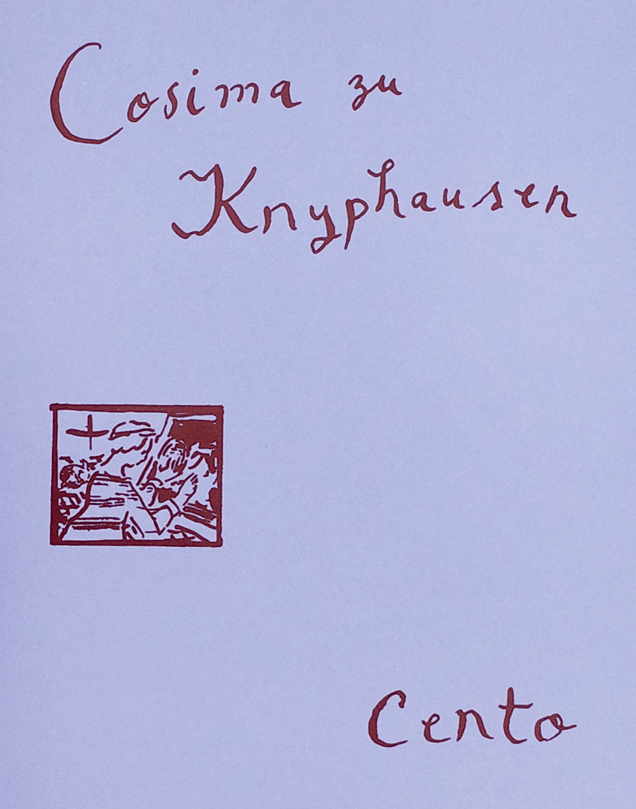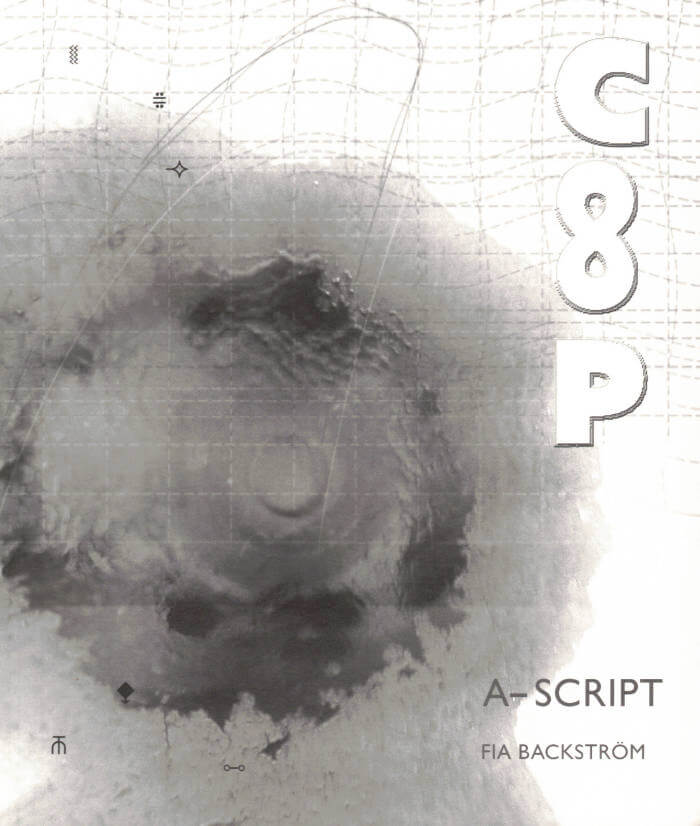
I am a Ghost in My Own House
First monograph on the durational performance artist Melati Suryodarmo, one of the pioneers of performance art in Indonesia.
Published on the occasion of the presentation of the Bonnefanten Award for Contemporary Art, BACA 2022, to Melati Suryodarmo, and in conjunction with her solo exhibition at the Bonnefanten Maastricht in 2022.
Melati Suryodarmo (born 1969 in Surakarta, Indonesia) is a versatile artist, but is particularly known for her compelling performances. Suryodarmo's performances reflect her own ideas and cultural background, and concern the relationship between the human body, the defining cultural traditions to which the body belongs and the context in which it lives. She focuses on concepts like home, spirituality, family and personal history, interweaving them with socio-political, activist and mainly feminist ideas.







